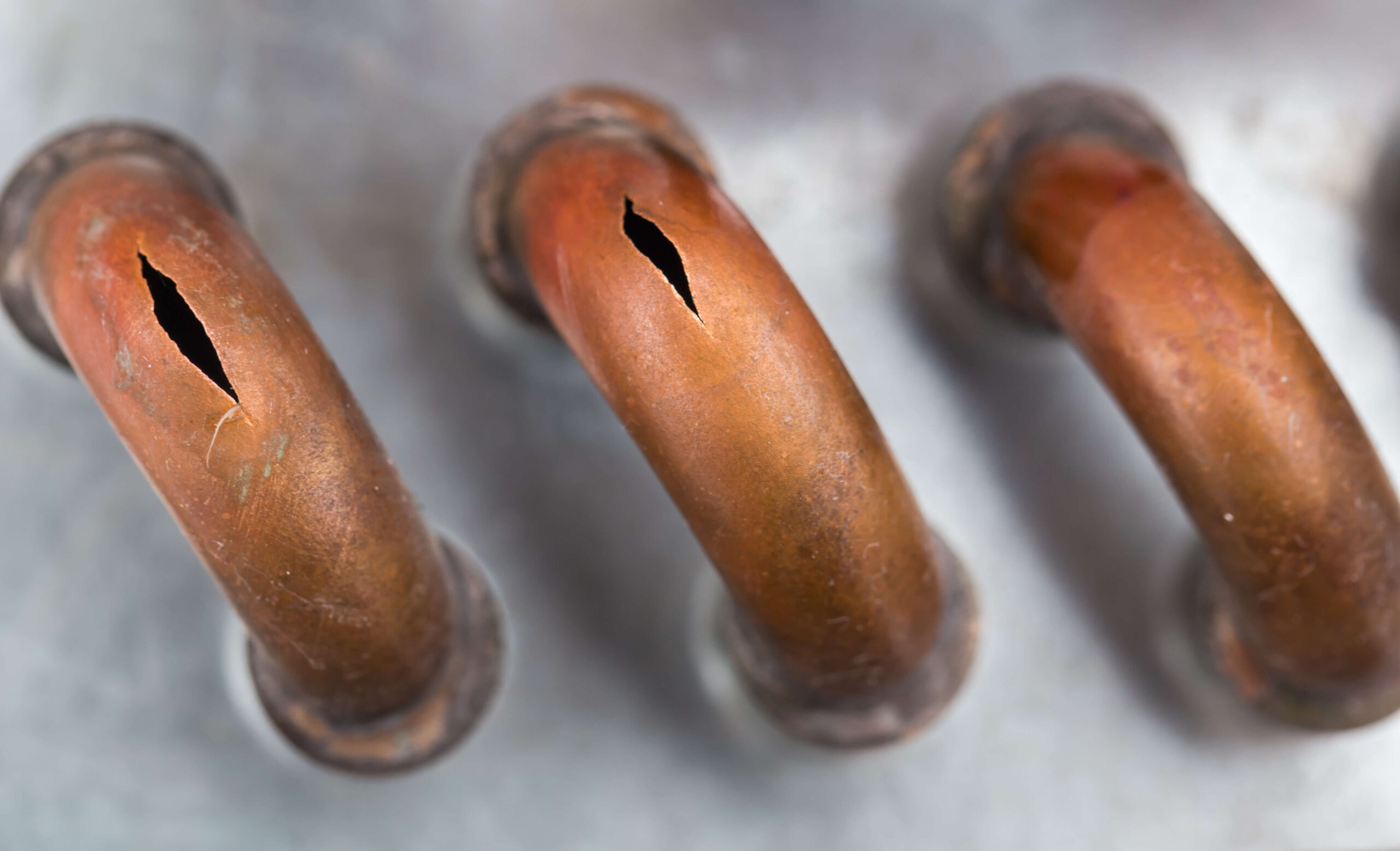Since time immemorial, innovations have been developing, and they continue to do so today. These innovations are happening in all industries without exception. When it comes to the plumbing industry, one of the innovations that’s making a difference is trenchless pipelining, which helps repair damaged pipes. This is commonly referred to as Cured-In-Place Pipe (CIPP) lining process.
Are you looking to adopt this method but are unsure of what it entails or how it works? Well, you’re in the right place. This article explains trenchless pipelining in detail, with subheadings that discuss each stage of the process. Read on!
Why Is It Called Trenchless Pipelining?
Damaged pipes can be accessed by making a trench when using the dig and replace method. In contrast, the CIPP technique doesn’t require you to dig a trench. Through this, you’ll be able to repair the damaged pipes where they are located.
To be familiar with this technique, you have to know the stages involved in the trenchless pipelining process. Here are the phases:
Inspection
Once you adopt CIPP lining for your damaged pipes, your chosen CIPP expert has to conduct an inspection. The inspection aims to reveal the extent of the damage and the areas needing the liner. This team of experts will use a pipe inspection camera to see the damage.
With this information, the expert will know the type and length of CIPP lining they’ll manufacture to prevent inadequacy during the process.
Lining Manufacturing
The next stage after inspection is lining manufacturing. Here, the experts will impregnate the felt material with resin to increase its strength. This strength is what determines the durability of your CIPP lining.
After the impregnation, Applied Felts – CIPP Liners Manufacturer or any other CIPP manufacturer will coat the resin felt’s exterior with polyurethane. Polyurethane is an impermeable membrane that ensures your new pipes do not leak.
It’s good to point out that the lining manufacturing is done off-site in the manufacturer’s plant.
Installation
Once the lining is ready, the CIPP expert will proceed to your premises to do the installation. They’ll first flush water through the damaged pipe at high pressure to remove any dirt. Once the dirt is removed, the lining and the pipe will bond properly without any bumps, ensuring a smooth finish.
The lining is inserted into the damaged pipe, covering the length, end to end. The team will use water or air at high pressure to ensure the lining reaches the end of the pipe. Once in place, the plumbing experts will invert the lining such that the exterior with polyurethane becomes the interior. Ultimately, you’ll have a smooth interior that ensures continuous water flow at the right pressure.

Curing
This is the final step of the trenchless pipelining process. Curing ensures that your lining bonds with the damaged pipe for a long-lasting solution. There are many curing techniques the CIPP expert can adopt.
One is hot water curing, where the team will pass hot water at standard pressure through your pipe. Steam curing is another type, where instead of hot water, steam is passed through your pipe. For both processes, the team of experts will use a boiler that’ll provide hot water and generate steam.
Last but not least, there’s UV light and ambient curing. As the name suggests, UV light curing will utilize UV rays to cure, while ambient curing is where you ‘ll depend on the surrounding temperature to harden your lining.
What should guide your choice of curing technique? Your preferred method should depend on your area’s climate and the amount of time you have on your hands for the repair. For instance, if you live in an area with extremely cold weather, it’s not advisable to adopt ambient curing. This adoption can lengthen the process to an entire day or two, which is inconvenient.
Points To Note
It’s good to point out that the effectiveness of the curing process depends on the temperatures you use and the length of time you pass the steam, hot water, or UV light. Ensure the time you adopt is adequate to ensure proper curing.
The other thing to note is that the effectiveness of the trenchless pipelining solution depends on the installation. Should you miss any step, the solution won’t last. Therefore, it’s best to hire a professional CIPP expert to do the plumbing pipe repairs. They know the process and are less likely to make mistakes that would render your investment useless.
Conclusion
The discussion above shows how unique trenchless pipelining is from the usual dig and replace method. You’ll be able to make a decision about using this technique now that you have the necessary information. However, keep in mind that this process should be done with the help of industry experts, so it’s best to enlist their assistance.

